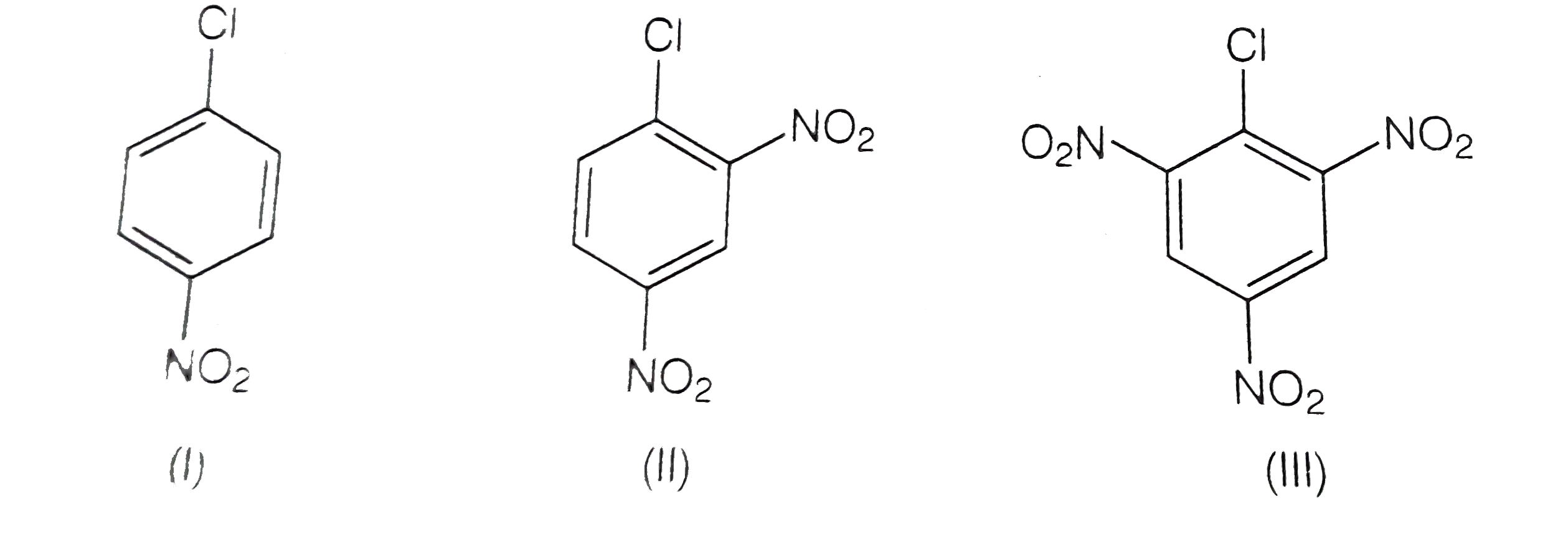Towards catalytic hydrogenation, the least reactive compound is
CH2=CH2
CH3−CH=CH2
H3C~CH=CH−CH3
(CH3)2C=C(CH3)2
To determine which compound is the least reactive towards catalytic hydrogenation, we need to analyze the steric hindrance present in each alkene. Here's a step-by-step solution:
Step 1: Understand Catalytic Hydrogenation
Catalytic hydrogenation involves the addition of hydrogen (H2) to alkenes in the presence of a catalyst, typically a metal like palladium, platinum, or nickel. The process requires the alkene to coordinate with the metal surface, which facilitates the addition of hydrogen.
Hint: Remember that steric hindrance affects how easily the alkene can interact with the catalyst.
Step 2: Identify Steric Hindrance
Steric hindrance refers to the crowding around a reactive site, which can inhibit the approach of reactants. In the context of alkenes, more bulky groups around the double bond will create greater steric hindrance, making the alkene less reactive.
Hint: Look for the number and size of substituents attached to the double bond in each alkene.
Step 3: Analyze the Given Alkenes
1. Alkene 1: CH2=CH2 (Ethylene) - No substituents, minimal steric hindrance.
2. Alkene 2: CH3-CH=CH2 (Propene) - One methyl group, moderate steric hindrance.
3. Alkene 3: (CH3)2C=CH2 (Isobutylene) - Two methyl groups, increased steric hindrance.
4. Alkene 4: (CH3)3C=CH2 (Tert-butylene) - Three methyl groups, maximum steric hindrance.
Hint: Compare the number of bulky groups around the double bond for each alkene.
Step 4: Determine the Least Reactive Alkene
Among the alkenes analyzed, the one with the most steric hindrance will be the least reactive towards catalytic hydrogenation. In this case, tert-butylene, which has three methyl groups attached to the double bond, will experience the highest steric hindrance.
Hint: The alkene with the most bulky groups will be the least reactive.
Step 5: Conclusion
The least reactive compound towards catalytic hydrogenation is (CH3)3C=CH2 (Tert-butylene) due to its significant steric hindrance.
Final Answer: Option D (Tert-butylene) is the correct answer.
Catalytic hydrogenation involves the addition of hydrogen (H2) to alkenes in the presence of a catalyst, typically a metal like palladium, platinum, or nickel. The process requires the alkene to coordinate with the metal surface, which facilitates the addition of hydrogen.
Steric hindrance refers to the crowding around a reactive site, which can inhibit the approach of reactants. In the context of alkenes, more bulky groups around the double bond will create greater steric hindrance, making the alkene less reactive.
1. Alkene 1: CH2=CH2 (Ethylene) - No substituents, minimal steric hindrance.
2. Alkene 2: CH3-CH=CH2 (Propene) - One methyl group, moderate steric hindrance.
3. Alkene 3: (CH3)2C=CH2 (Isobutylene) - Two methyl groups, increased steric hindrance.
4. Alkene 4: (CH3)3C=CH2 (Tert-butylene) - Three methyl groups, maximum steric hindrance.
Among the alkenes analyzed, the one with the most steric hindrance will be the least reactive towards catalytic hydrogenation. In this case, tert-butylene, which has three methyl groups attached to the double bond, will experience the highest steric hindrance.
The least reactive compound towards catalytic hydrogenation is (CH3)3C=CH2 (Tert-butylene) due to its significant steric hindrance.
Topper's Solved these Questions
- ORGANIC CHEMISTRY : SOME BASIC PRINCIPLES AND TECHNIQUES Book:AAKASH INSTITUTEChapter:ORGANIC CHEMISTRY : SOME BASIC PRINCIPLES AND TECHNIQUES Exercise:Assignment(SECTION-A)
Explore 60 Videos
- ORGANIC CHEMISTRY : SOME BASIC PRINCIPLES AND TECHNIQUES Book:AAKASH INSTITUTEChapter:ORGANIC CHEMISTRY : SOME BASIC PRINCIPLES AND TECHNIQUES Exercise:Assignment(SECTION B)
Explore 3 Videos
- ORGANIC CHEMISTRY : SOME BASIC PRINCIPLES AND TECHNIQUES Book:AAKASH INSTITUTEChapter:ORGANIC CHEMISTRY : SOME BASIC PRINCIPLES AND TECHNIQUES Exercise:Try Yourself
Explore 23 Videos
- MOCK_TEST_20Book:AAKASH INSTITUTEChapter:MOCK_TEST_20Exercise:EXAMPLE
Explore 28 Videos
- ORGANIC CHEMISTRY: SOME BASIC PRINCIPLE AND TECHNIQUESBook:AAKASH INSTITUTEChapter:ORGANIC CHEMISTRY: SOME BASIC PRINCIPLE AND TECHNIQUESExercise:TRY YOURSELF
Explore 28 Videos
Similar Questions
Knowledge Check
S-I: Alkynes are more reactive than alkene towards catalytic hydrogenation
S-II: Alkynes are less reactive towards electrophilic reactio than alkenesAS-I&II are correct, S-II is correct explanaion of S-IBS-I&II are correct, S-II is not correct explanation of S-ICS-I is true, but S-II is falseDS-I is false, but S-II is true.Out of monochloro, monobromo and monoiodo derivatives of ethane, the least reactive compound towards nucleophilic substitutions will be :
AC2H5BrBC2H5ClCC2H5IDAll are equally reactive.The reactivity order towards hydrogenation of the following compounds is
 AI>II>III>IVBII>III>IV>ICIII>IV>II>IDIV>III>II>I
AI>II>III>IVBII>III>IV>ICIII>IV>II>IDIV>III>II>I
Which of the following is the least reactive compound towards nucleophilic acyl substitution?
View SolutionThe correct order of the reactivity of the following compounds towards nucleophilic substitution in the following compounds is
 .
.
View SolutionWhich one of the following is least reactive compound for nulceophilic acyl aubstitution.
View SolutionMost reactive compound toward SN1 is :
View SolutionThe order of decreasing reactivity towards nitration in the following compound is :

View Solution
